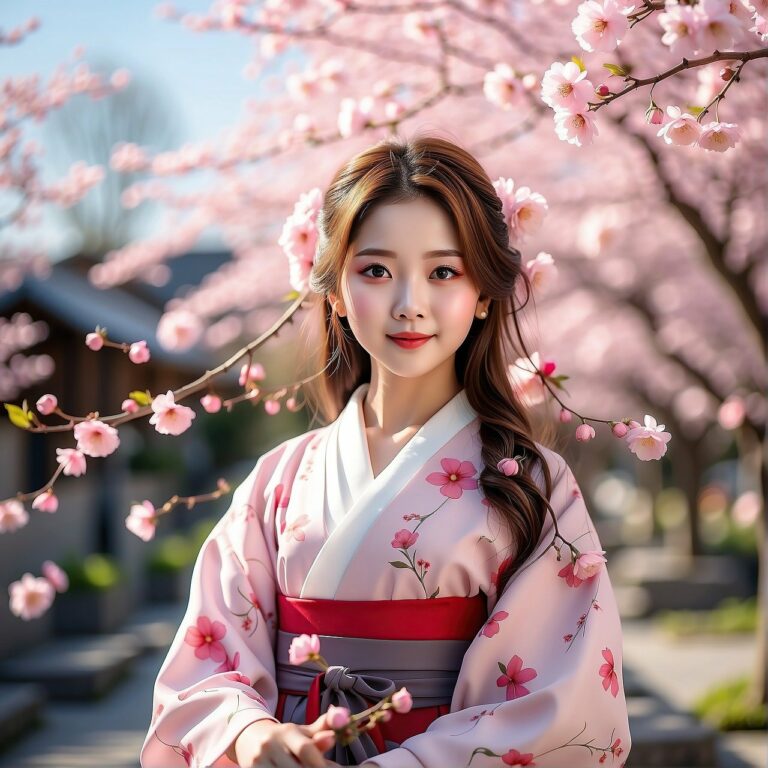Fashion and Culture: Exploring Indigenous Influences in Contemporary Design
Indigenous cultures have played a significant role in shaping the world of fashion. The vibrant colors, intricate patterns, and unique craftsmanship found in traditional Indigenous clothing have influenced contemporary designers all around the globe. From the intricate beadwork of Native American tribes to the bold prints of African communities, Indigenous cultures continue to inspire new fashion trends and collections.
Designers and brands are increasingly collaborating with Indigenous communities to incorporate traditional designs and techniques into their modern creations. This collaboration not only brings visibility to Indigenous cultures but also helps in preserving and celebrating their rich heritage. Through these partnerships, a new narrative of inclusivity and appreciation for diverse cultures is being woven into the fabric of the fashion industry.
The History of Indigenous Fashion
Indigenous fashion is a reflection of rich cultural heritage, storytelling, and history. Throughout the years, various indigenous communities have used clothing and adornments as a means of expressing their identity and connection to the land. These traditional garments often carry deep symbolism and are crafted using techniques passed down through generations.
The history of indigenous fashion is intertwined with colonization and globalization, which has led to both cultural appropriation and a revival of traditional designs. Despite the challenges faced by indigenous fashion designers and artisans, there is a growing recognition of the importance of preserving and celebrating indigenous techniques and aesthetics. Today, indigenous fashion continues to evolve, blending traditional elements with modern influences to create unique and innovative designs.
• Indigenous fashion is a reflection of rich cultural heritage, storytelling, and history
• Traditional garments often carry deep symbolism and are crafted using techniques passed down through generations
• The history of indigenous fashion is intertwined with colonization and globalization
• Cultural appropriation and a revival of traditional designs have been seen in indigenous fashion
• There is a growing recognition of the importance of preserving and celebrating indigenous techniques and aesthetics
• Indigenous fashion continues to evolve by blending traditional elements with modern influences
Traditional Indigenous Design Techniques
Indigenous design techniques reflect a deep connection to nature and heritage. Through intricate beadwork, embroidery, and weaving, these techniques channel stories of ancestors and traditions into vibrant patterns and textures. Each stitch is a testament to the skill and artistry passed down through generations, creating pieces that hold profound cultural significance.
Natural elements such as feathers, shells, and fur are often incorporated into traditional indigenous designs, intertwining the beauty of the natural world with artistic expression. The use of organic materials not only enhances the visual appeal of the garments but also signifies a reverence for the environment and a sustainable approach to creating fashion. By blending time-honored techniques with sustainable practices, indigenous designers continue to enrich the fashion world with their unique perspectives and rich cultural heritage.
How have Indigenous cultures influenced the fashion industry?
Indigenous cultures have had a significant impact on fashion by incorporating traditional designs and techniques into modern clothing styles.
What is the history behind Indigenous fashion?
Indigenous fashion dates back centuries and has evolved over time to incorporate traditional designs with contemporary trends.
What are some traditional Indigenous design techniques?
Some traditional Indigenous design techniques include beadwork, quillwork, embroidery, weaving, and dyeing fabrics with natural materials.
How can one support Indigenous designers and their work?
One can support Indigenous designers by purchasing their products, attending Indigenous fashion shows and events, and promoting their work on social media platforms.







